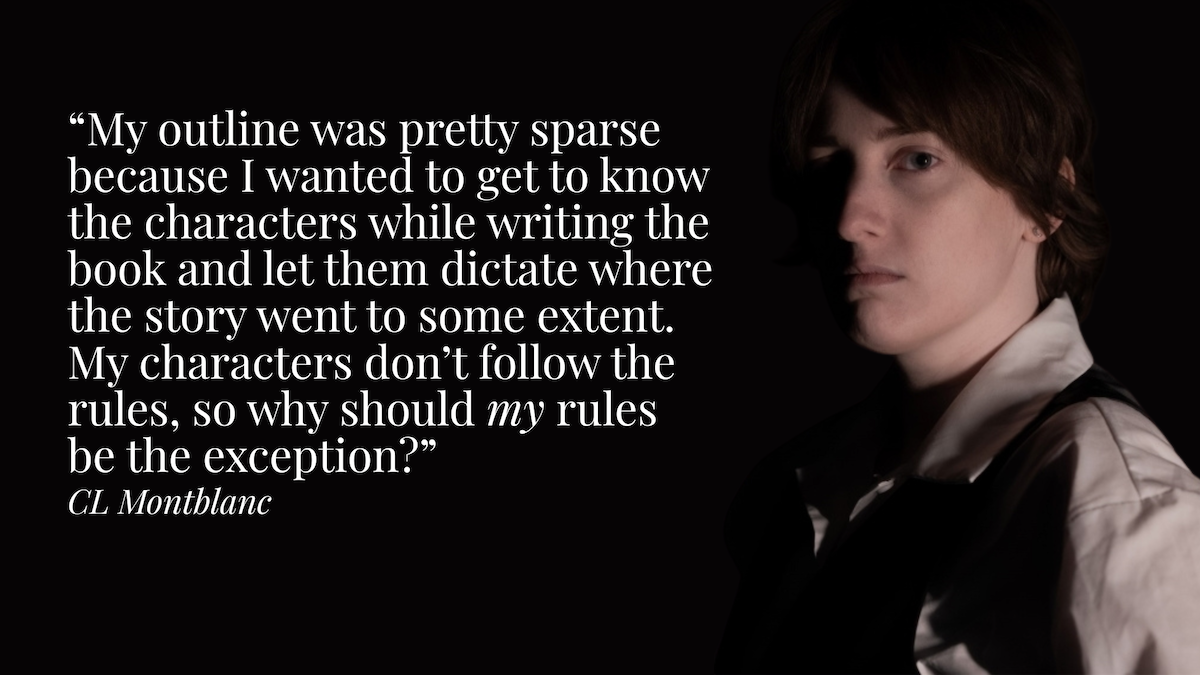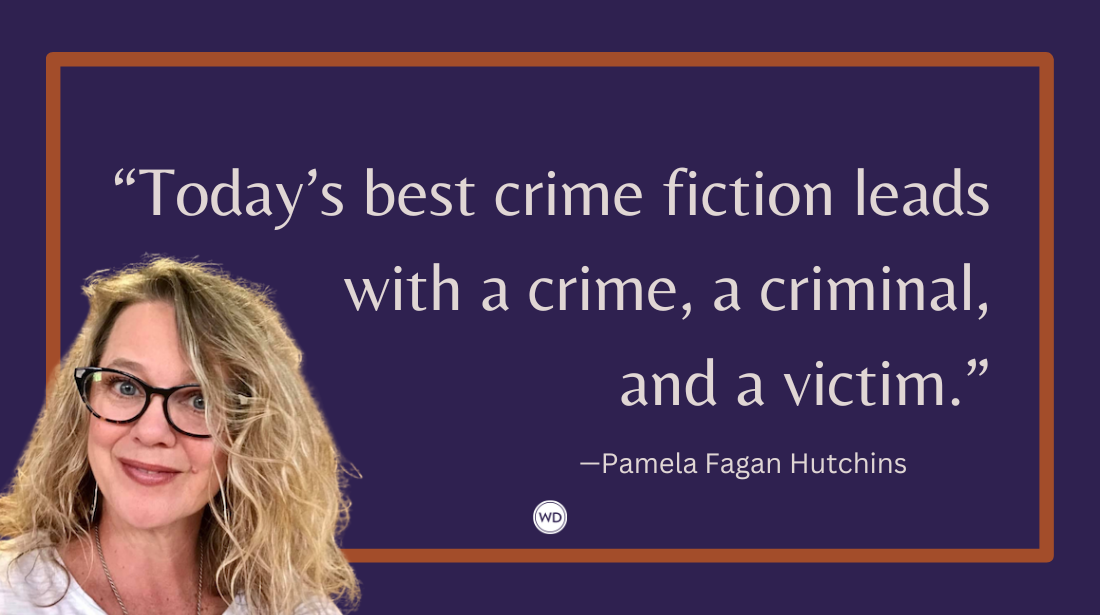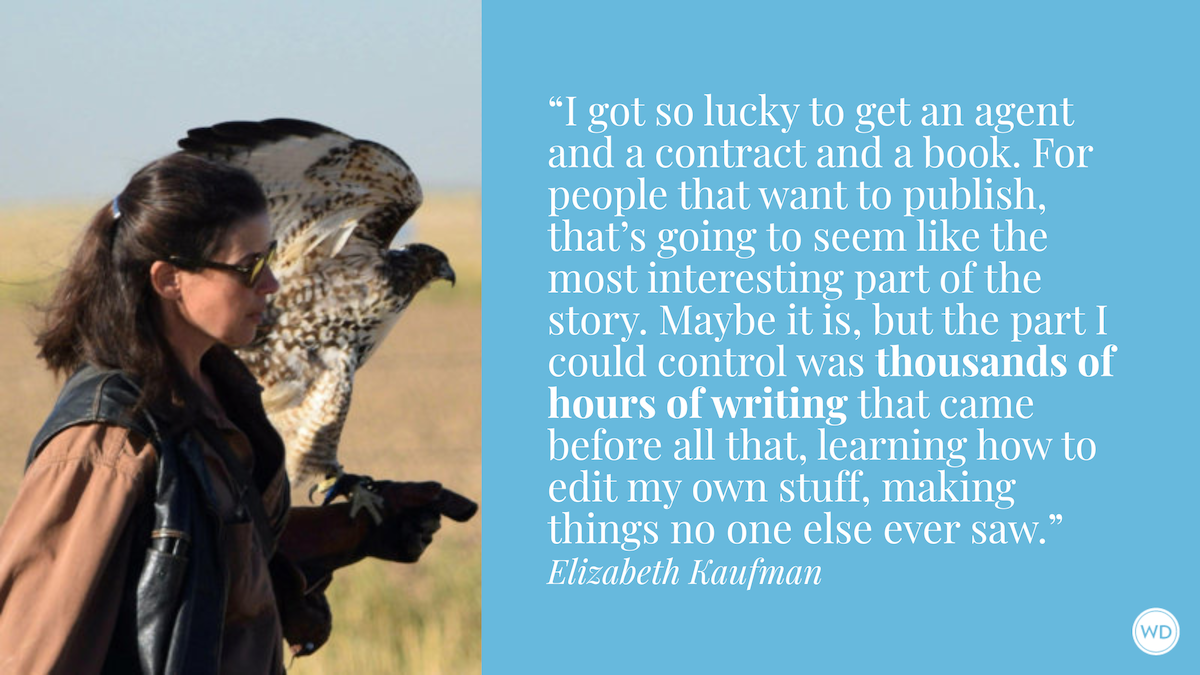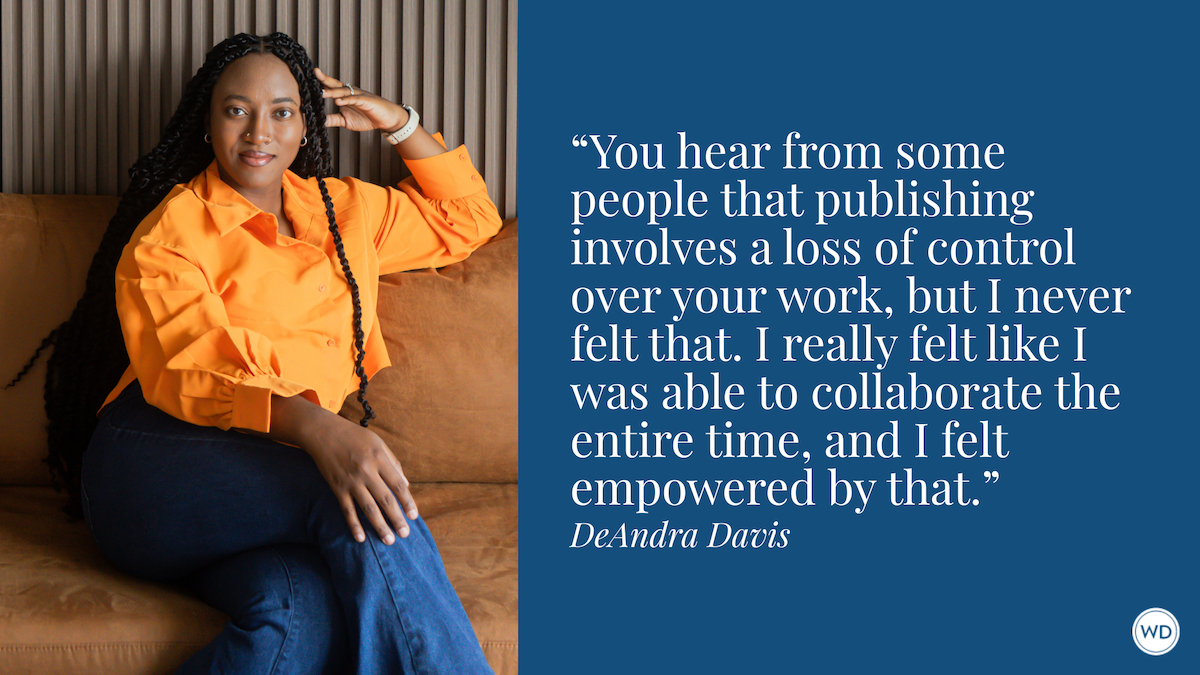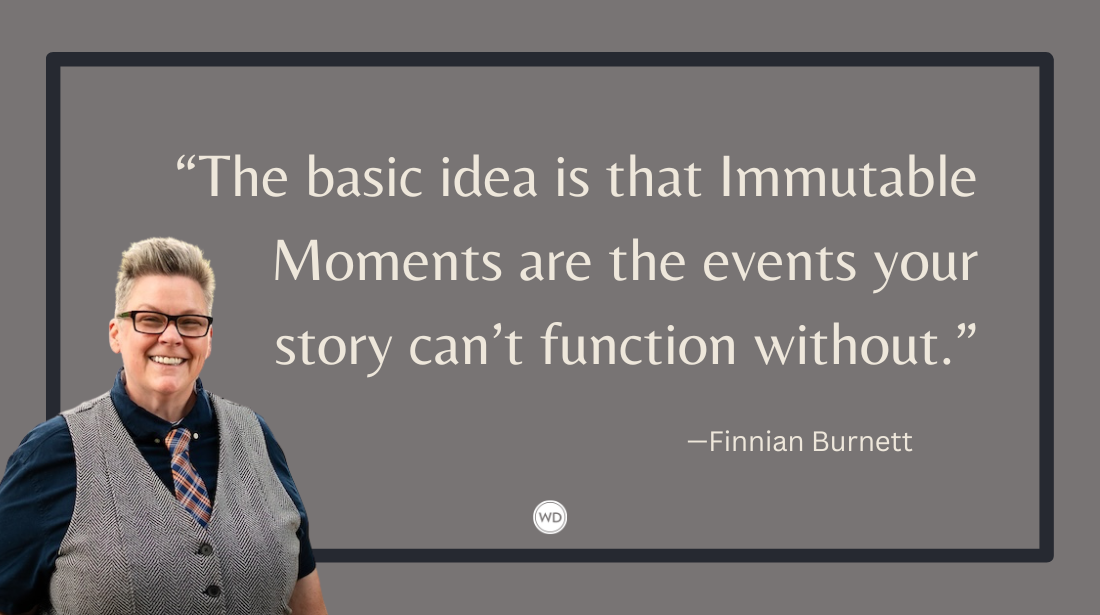So You Wrote a Picture Book, Now What?
From finding trusted critics to securing an agent, author Christine Evans walks you through every step toward publishing your picture book after you’ve finished the writing process.
Congratulations, you wrote your first picture book! It’s time to celebrate, but you’re not done yet. If you’d like to get your book traditionally published and into the hands of young readers, there are a few more steps.
This article covers traditional publishing, which is where a publisher usually pays you an advance and royalties to publish your book. If you’re interested in self-publishing, take a look at this article.
Make Every Word Count
Before you go any further, we should check that what you’ve written is really a picture book. Most picture books being published right now are short (below 500 words) and fit into a 32- or 40-page layout. If you’ve written something longer you might need to edit what you have, or look at word counts for other types of books. Also make sure you have read piles of recent (published in the last five years) picture books to understand the current market.
Write More
It is rare (but not impossible, keep reading) that a writer’s first manuscript becomes a published book. So your first step is to write another manuscript. And then another.
Darshana Khiani, author of How to Wear a Sari, who wrote at least 20 manuscripts before making her first sale, says, “It takes many stories to learn the craft and more importantly for you to find your voice.” Stephanie V. W. Lucianovic, author of The End of Something Wonderful and Hello, Star adds that she wrote over 30 manuscripts before the first yes. "Every new manuscript you write teaches you something new about writing and makes you a better writer."
No writing is wasted writing. Future you may even come back to look at your early manuscripts and turn them into something stronger.
Julie Hedlund, founder of the 12 x 12 Picture Book Writing Challenge and author of Over, Bear! Under, Where? says, “Many beginners get so fixated on their first effort, they fail to move on and keep improving their craft. Remember, the formula is pretty simple: the more you write, the better your writing becomes. The better your writing becomes, the greater your chances of getting your books published and into the hands of children.”
What About Illustrations?
Picture books are special because at least half of the storytelling, and often more, comes from the illustrations. So you’re going to want to find an amazing illustrator before you submit your book, right?
Wrong!
Debbie Ridpath Ohi, author and illustrator of many books including Sam and Eva, says, “Many new picture book writers think that they need to find an illustrator before they query a publisher. I advise against this unless you have a strong reason for doing so, since most traditional publishing houses prefer finding the illustrator themselves.”
One of my favorite moments of the picture book publishing process is when I get to see sketches from the illustrator for the first time. You get to see your characters, words, and world turned into reality and every time I’ve been blown away by the way our books turned out.
Revision and Critiques
Finding a trusted group of critique partners will help you take the next steps in the process toward publication.
“The best thing I ever did for my writing career was join a critique group. Right after I wrote my first picture book, I found Writers’ Rumpus and they have helped me get my books submission-ready ever since,” says Kirsti Call, author of Cow Says Meow and Mootilda's Bad Mood.
And despite my earlier statement that the first picture book that you write will probably never get published, Kirsti’s first manuscript from 10 years ago, The Big Scream, is coming out as a board book with Little Simon next summer. It’s a good reminder to check back on your old manuscripts and dig out those gems!
Kristy Everington, author of Isobel Adds It Up, suggests joining the Society of Children’s Book Writers and Illustrators (SCBWI), “It's a wealth of information about children's publishing and you can find people to give feedback on your work, whether that be a critique group of fellow writers, or agents and editors at a conference.”
Finding and Querying Agents
An agent is an advocate for you and your work. They submit to publishers (many are closed to unagented authors), they negotiate on your behalf, and they help you navigate your career.
Elizabeth Bennett, Senior Literary Agent and Partner at Transatlantic Agency advises making sure you have several polished picture book manuscripts ready to go before you start querying agents, “In most cases polished means that you have written the manuscript, revised it, shared it with your critique group, revised it again, perhaps submitted it for a professional critique, revised it again, then put it in a drawer, dusted it off, and tweaked it one more time.”
When taking on new clients, agents are looking for authors who understand the current market. “We want to know that you have done your research and have a sense that your book(s) are the kinds of books that publishers are looking for right now,” adds Elizabeth.
When you’re ready to start looking for an agent, do your research carefully and beware of “schmagents”. Only query agents you want to work with and who you believe are a good fit for your work. SCBWI publishes The Book to help with your search and you can also look at Publisher’s Weekly rights reports, Manuscript Wish List and Query Tracker to see who is selling the kind of books you write.
Stacy S. Jensen, who just sold her first book after 11 years of writing, says, “read interviews, attend workshops where they (agents) speak, and follow them on social media. If you submit and they reject your stories, it’s ok. You are looking for a partner for your writing career, so you want them to love your work and see the potential for it in the marketplace.”
When you have your shortlist you’ll need to read their submission guidelines and write a query letter. Follow the guidelines carefully and ask your critique partners to read your query letter before you send it.
If an agent is interested in your manuscript, they may ask to see more work. That’s why it’s important to have several polished manuscripts ready to go.
Be Patient and Keep Going
You will be doing a lot of waiting on your journey to publication. Waiting for agent responses, waiting for editors, waiting for the book to be released, and so on. Rejections will come. It’s okay to wallow for a while but if you want to get published, the only way to go is forward.
Joanna Ho, New York Times bestselling author of Eyes That Kiss in the Corners, and Playing at the Border: A Story of Yo-Yo Ma, adds some final, important words of advice: “Be patient, believe, and keep writing! I had four picture book manuscripts on submission for over a year and a half before Eyes that Kiss in the Corners sold. It was another year before my second book, Playing at the Border: A Story of Yo-Yo Ma sold. There will be many periods full of waiting (and rejection!), so many factors out of your control. The best thing you can do is keep writing. Work on new stories, revise old stories, read other people's stories, then keep working on your own. You will just keep getting better.”
Resources
Christine Evans is a children’s book author who writes books to inspire curiosity, change, and creativity. Her picture books include Evelyn the Adventurous Entomologist (The Innovation Press) and Emily’s Idea (Sounds True). She is also the author of a chapter book series, The Wish Library (Albert Whitman & Co.). You can follow Christine Evans on Twitter and Instagram (@ChristineNEvans) and find out the latest news on her website pinwheelsandstories.com.



